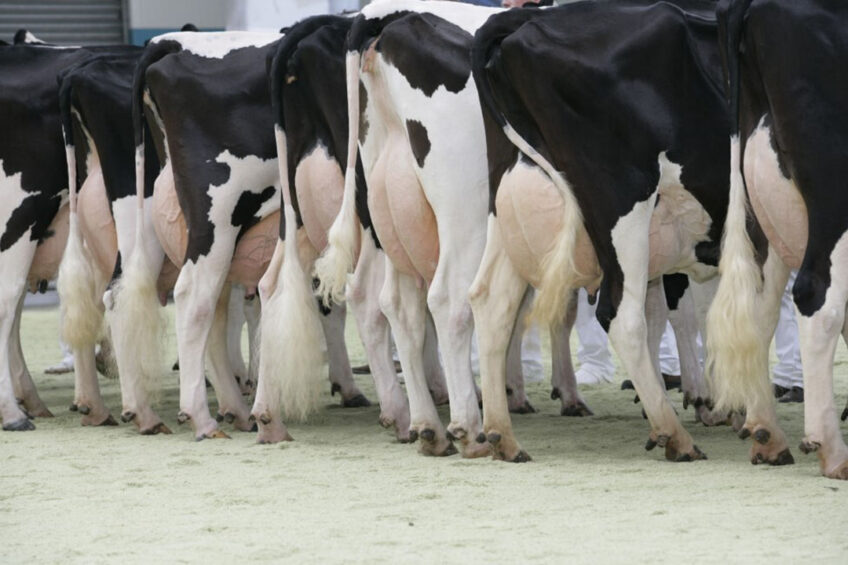How cow lameness hits dairy farm profitability

Researchers have found that lameness in dairy herds can reduce farm net profitability by up to 17% due to reduced milk yield, increased culling and rising treatment costs.
Of the €15,028 associated with the hypothetical worst-case mobility scenario, milk yield loss made up 45% and increased culling cost made up 29%, while treatment costs associated with claw disorders made up the remaining 26%.
The study, which modelled the economic impacts of mobility scores in dairy cows under Irish spring pasture-based management systems, wanted to see how different lameness levels affected farm profitability in a herd of 100 cows.
Moderate to severe forms of suboptimal mobility on dairy cows are associated with yield losses, whereas mild forms of suboptimal mobility are linked to elevated somatic cell counts, which can lead to increased cull risk.
The aim of the study, carried out by researchers at the Moorepark Animal & Grassland Research and Innovation Centre, Ireland, was to determine the economic consequences associated with varying prevalence and forms of suboptimal mobility within spring-calving, pasture-based dairy herds.
Predicting mobility scores
They developed a new sub-model predicting mobility scores, which was integrated within an existing pastured-based herd dynamic model. Using a daily timestep, the model simulates claw disorders and the consequent mobility score of individual cows. The impact of a cow having varying forms of suboptimal mobility on production and reproduction was simulated. The economic impact was simulated including treatment costs, as well as the production and reproduction impacts of varying levels of suboptimal mobility.
The team also looked at different genetic predispositions for mobility issues and their interaction with herd-level management. In total, 13 scenarios were simulated, representing a typical spring calving, pasture-based herd with 100 dairy cows.
The first scenario represents a perfect herd where 100% of the cows had a mobility score of 0 (optimal mobility) throughout the lactation. The remaining 12 scenarios represented a combination of 3 different herd-management levels and 4 different levels of genetic predisposition for suboptimal mobility.
· The study, ‘Modeling the economic impacts of mobility scores in dairy cows under Irish spring pasture-based management’, was published in the Journal of Dairy Science.






